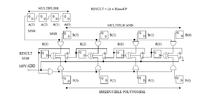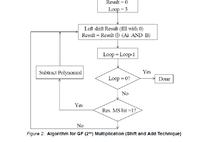Herc11
Newbie level 5
Hello,
I have a question to make concerning the basics of cryptography. When algorithms are implemented in Galois Field (e.g. 2^128) what is easier to use? Polynomial or standard integer modular arithmetic ? I mean at the way that data have to be expressed. Is there a significant difference between and If yes when it is preferable to use the one way or the other?
I have a question to make concerning the basics of cryptography. When algorithms are implemented in Galois Field (e.g. 2^128) what is easier to use? Polynomial or standard integer modular arithmetic ? I mean at the way that data have to be expressed. Is there a significant difference between and If yes when it is preferable to use the one way or the other?

